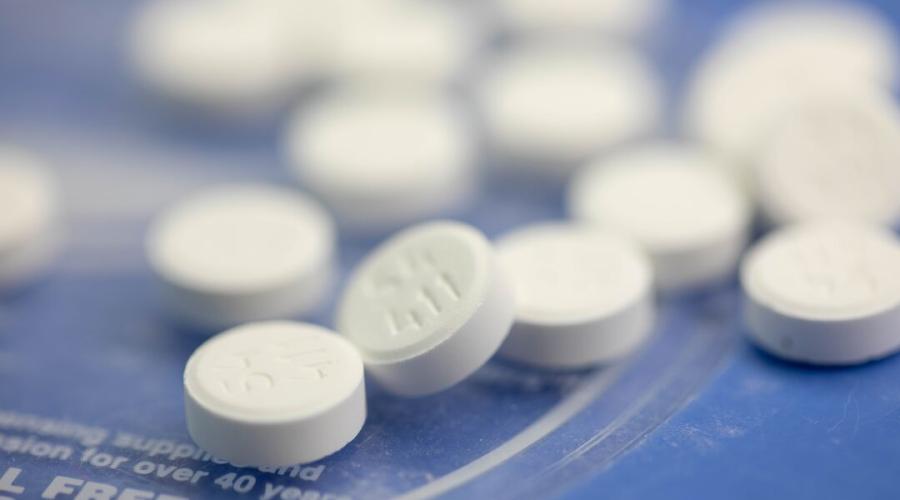
In-Hospital Treatment Helps Young People with Fentanyl Addiction
Less than 5% of adolescents with opioid use disorder have timely access to buprenorphine, a life-saving medication that treats opioid withdrawal and reduces opioid cravings, but a new program in the Bay Area could be a viable blueprint to fix that.
“When it comes to opioid use disorder—opioid addiction—we have a safe and effective medication buprenorphine that we know works and saves lives. But many obstacles make initiating this treatment difficult, especially with young people,” explained Jayme Congdon, MD, assistant professor in the Division of General Pediatrics and an expert in opioid use disorder treatment.
Results from the pilot program, published in Hospital Pediatrics, suggest that admitting youth with fentanyl addiction to the supportive environment of a hospital can lead to successful treatment initiation.
Leveraging Hospital Support to Reduce Obstacles
One difficulty with initiating buprenorphine treatment is that the first dose needs to be properly timed with the onset of withdrawal symptoms. If the dose is mistimed, rapid and intense withdrawal symptoms can develop, which can be uncomfortable and frightening for patients.
“Due to the unique developmental needs of adolescents, the typical settings for initiating this treatment for adults, including the home and emergency rooms, may be less effective. It’s become clear that pediatricians need tailored options to start treatment for young people,” said Congdon.
Lee Trope, MD, a UCSF alumnus who developed the program and works as a Pediatric Hospitalist at Santa Clara Valley Medical Center where the study took place, said that the youth coming to the hospital are “sweating so much, water is coming down their arms and hitting the ground. They are shaking with cold; they are vomiting.”
Because the hospital can admit a patient at any time, young people are able to get medical support for withdrawal whenever they were ready. Additionally, by monitoring the progression of withdrawal symptoms, hospitalists are better able to properly time the first treatment dose despite fentanyl’s potency and unpredictable withdrawal timeline.
Making Treatment Maintenance Possible
In addition to successfully starting treatment, the program also sought to connect patients with ongoing treatment opportunities such as outpatient clinics and substance use therapists.
“It’s crucial to set young people up with ongoing support as they’re at a high risk for treatment discontinuation and overdose, and many have significant need for social support as well. They may need to stay on the medication for months or years to treat addiction,” says Congdon.
Over the course of a year, the program saw 46 admissions of 36 patients aged 12 to 21, all of whom used fentanyl and no other opioid. Of those admissions, 87% successfully started buprenorphine treatment. Within two weeks, more than 70% of those who started treatment were linked to ongoing treatment outside the hospital.
Congdon said that because the hospital serves a diverse patient population, broader implementation of the program could help promote equitable treatment access and address health disparities.
“Given the public health urgency and severe shortage of adolescent access to timely treatment, the success of in-hospital treatment provides a real-world, transferable model of age-appropriate treatment for opioid addiction,” said Congdon.
UCSF integrates substance abuse care and treatment across the entire spectrum of clinical operations. Learn more here.
